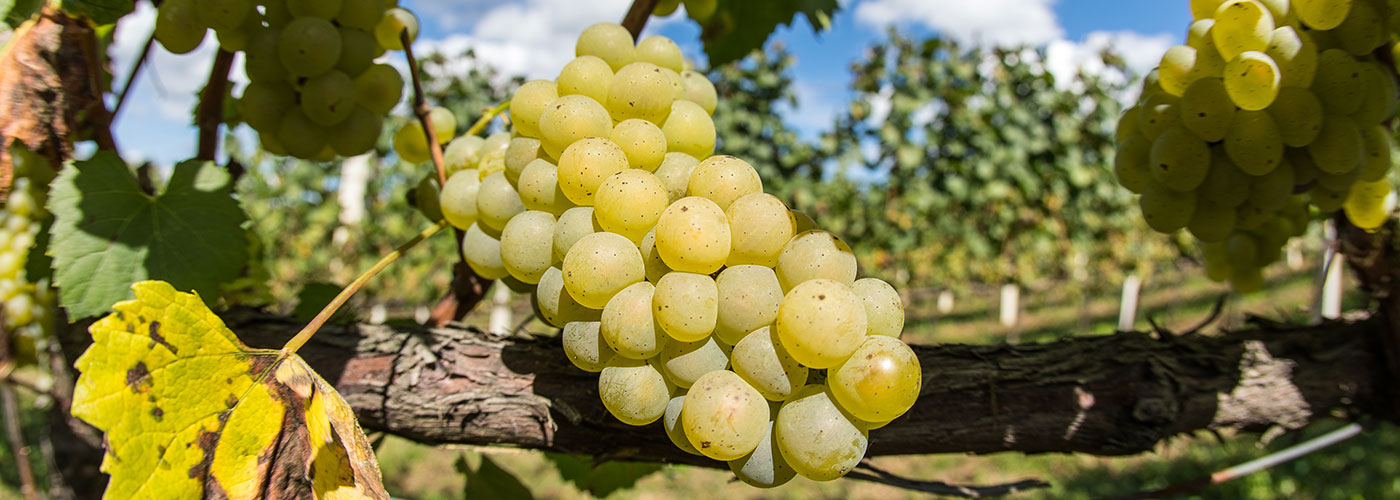
The transport of wine in isothermal tankers, combined with rigorous hygiene processes and GPS tracking technology, ensures the preservation, cleanliness and traceability of wine transport between wineries or bottling centres.
Wine tanker transport is a highly efficient and safe solution for moving large volumes of wine between wineries, distributors and export centres. This system has been optimised to guarantee the quality of the wine at every stage of the journey, from loading to delivery at destination. In this process, three essential elements stand out: the perfect preservation of the wine by means of isothermal tanks, the rigorous hygiene in the loading and unloading processes, and the advanced traceability by means of GPS location.
One of the most critical factors in the transport of wine in road tankers is the preservation of the product. Isothermal tanks, specifically designed to maintain a stable temperature, play a crucial role in this regard. The right temperature is key to preserving the organoleptic properties of the wine, as fluctuations in heat can alter its chemical composition and taste. Isothermal tanks are made of high quality materials that ensure an effective thermal barrier, which prevents the wine from temperature changes during the journey, especially on long routes or in extreme weather conditions.
These tanks are thermally insulated to minimise heat exchange with the outside, ensuring that the wine arrives at its destination with the same properties as when it left the cellar. In addition to thermal insulation, our tanks are compartmentalised so that we drastically reduce the movement and agitation of the wine during transport. Thanks to these methods, winemakers can be sure that their products will not only arrive on time, but also in optimal condition.
Cleanliness and hygiene are another fundamental aspect of wine tanker transport. Tanker cleaning procedures are carried out under strict regulations, using products and techniques that ensure the elimination of any residue or impurities that could affect the quality of the wine. Before each loading, the tank is subjected to a washing process that includes hot water, special detergents and, in some cases, steam sanitisation, in order to guarantee the total asepsis of the container.
Hygiene in the loading and unloading process is not only essential to avoid contamination, but also to keep the taste and aroma of the wine intact. In addition, the personnel in charge follow rigorous protocols to ensure that valves, pipes and equipment are perfectly clean. The entire process is closely monitored, allowing careful and safe handling of the product, protecting the wineries' investment and ensuring end consumer satisfaction.
Traceability is a key aspect of modern wine tanker transport. Thanks to the integration of GPS tracking systems, each tanker can be monitored in real time, allowing wineries and distributors to know the exact location of their cargo at all times. The implementation of GPS technology provides full control over the journey, allowing not only to track the status and position of the truck, but also to optimise routes and anticipate possible delays or incidents.




This has been the work of Sr. Concejo

